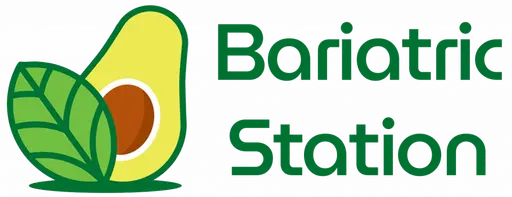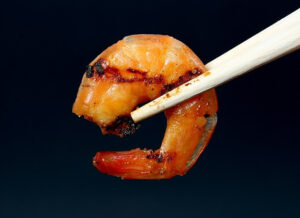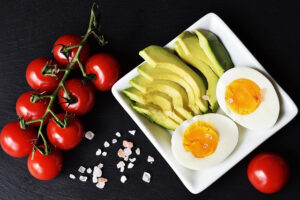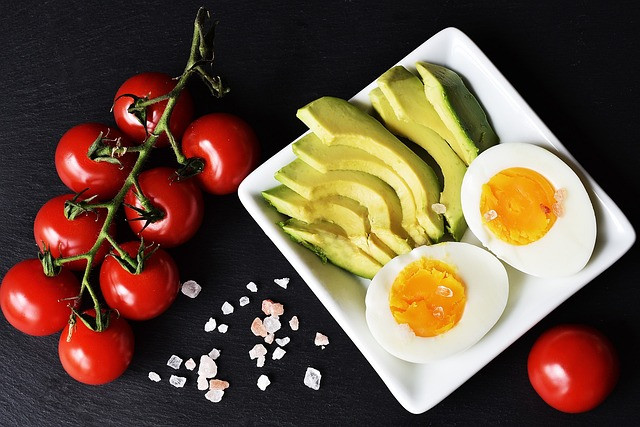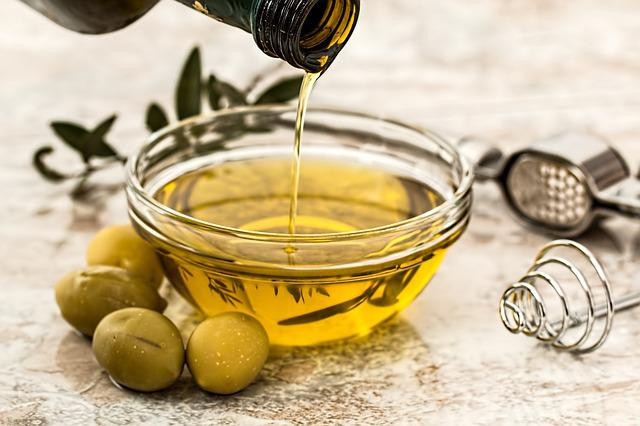The keto diet is the most talked-about and popular diet of recent times. You are guaranteed to have heard of it at least once; maybe you have even tried it. From weight loss to an overall improvement in health, the ketogenic diet has numerous benefits – making it famous worldwide.
What is the keto diet?
The ketogenic diet promotes the metabolic state of ketosis. When your body is in a ketosis state, the liver will use dietary and/or stored body fat to create energy by producing ketones. In the absence of carbohydrates and stored glycogen in your body, your body burns fat for energy. Instead of your body pumping out insulin continuously, which shuttles blood sugar (glucose) into fuel cells, you will now use fat.
The diet involves consuming Moderate-protein, high-fat, and low-carb meals throughout the day. With so many keto recipes involving dairy products, if you have lactose-intolerance or want to opt-out of consuming dairy, following a keto diet may seem challenging.
But don’t worry! We got you covered with dairy-free substitutes and why you should be considering them.
Why Should You Consider Dairy Substitutes?
If you’re following a keto -diet and not seeing any significant results, maybe it’s time to check your dairy intake. Consuming dairy products excessively, especially in a ketogenic diet, may lead to various health-related problems.
Consuming too many calories: Dairy products are easy to over-consume, especially in seasoning or dressing. Meaning you’re not creating enough calorie deficit in your body to translate into weight-loss.
Degraded skin health: Studies show a close correlation between reactions to dairy and acne. Even though the association is insignificant, you might want to keep your dairy intake in-check if you suffer from acne. [1]
Higher risks of cancers: Research has linked the high-fat content and hormones in milk, cheese, and other dairy products to breast cancer. [2] Apart from that, higher dairy consumption has also been linked to ovarian and prostate cancer.
Other than the mentioned reasons, limiting dairy consumption might be mandatory if you have any form of dairy intolerance. Let’s dive deeper into other dairy consumption-related problems like lactose intolerance, dairy protein sensitivities, and dairy allergies.
Five Symptoms of Lactose Intolerance
Lactose intolerance [3] is a form of digestive distress related to lactose malabsorption. Lactose is a type of sugar found in milk produced by most mammals. Five of the most common symptoms of lactose intolerance are-
Abdominal pain
Abdominal and stomach pain are some of the most common symptoms of lactose intolerance. Our bodies can react differently to these products and cause bloating along with other stomach disorders.
Bloating
Bloating is another symptom; some people get it through consuming plenty of cheeses like mozzarella. Dishes like pizza are the most common ones, which people often neglect to read the ingredients.
Diarrhea
Diarrhea is most commonly found in children with this issue as they are the most prone to food sensitivity.
Gas
Gas can be caused by many factors, typically with the consumption of such products. If you get it often must check that if you are suffering from LI.
Rumbling
Rumbling can be caused when there is indigestion and food cannot flow through the intestines. If you show any of the five symptoms after taking any dairy products, you should consult your physician and get diagnosed with lactose intolerance. You can try keto recipes or low-carb recipes to avoid such situations.
Difference Between Lactose Intolerance and Milk Allergy
Similar symptoms of lactose intolerance can occur in some people with an allergy to milk. These are two different things. A milk allergy is an allergic response called casein to the protein in dairy. It is not acceptable to associate milk allergies with lactose intolerance. [4]

When your immune system overreacts to a specific food protein, a food allergy occurs. It can trigger an allergic reaction when you eat or drink protein from your food. Symptoms can range from mild to severe (rashes, rashes, itching, swelling, etc.) (trouble breathing, wheezing, loss of consciousness, etc.).
Food intolerance does not involve the immune system, unlike food allergies. The enzyme lactase is missing in people who are lactose intolerant. Lactase breaks down lactose, a sugar that is found in milk products. As a result, these foods are unable to be digested by people with lactose intolerance. Symptoms such as nausea, cramps, gas, bloating, and diarrhea may occur in them.
Those who are allergic to milk can experience:
- Vomiting
- Hives
- Serious inflammation
- Wheezing
If you eat lactose-free products but still have a milk reaction, you may have an allergy rather than lactose intolerance. For all of these cases, talk with your doctor about tests.
How does it Occur?
There are different reasons why dairy sensitivities or issues with dairy occur. Some of them are as under.
1. There might be damage in your Intestinal Lining
2. Lack of Lactase Production
3. Damaged Immunity
4. Use of Substandard Products
Cheeses and Their Reactions
Many people do not understand that cheese is a milk product and is filled with sugar. It can seriously give you many problems. One of the best ways to avoid this situation is to use aged cheese. Aged cheese does not have that amount of sugar. In fact, it does not have sugar at all.
You May Have Lactose Intolerance and Not Even Realize It
You may not show the symptoms of lactose intolerance severely, but you can still be lactose intolerant. In fact, about 65% of the world population are lactose intolerant.
Lactose intolerance is a genetically inherent property. [5] Suppose your ancestors did not consume a lot of unfermented dairy products. In that case, chances are you cannot tolerate it either. It is the reason why people from East Asia, West Africa, the Middle East, Greece, and Italy are prone to be lactose intolerant because people from these areas did not have a diet that included a lot of dairies.
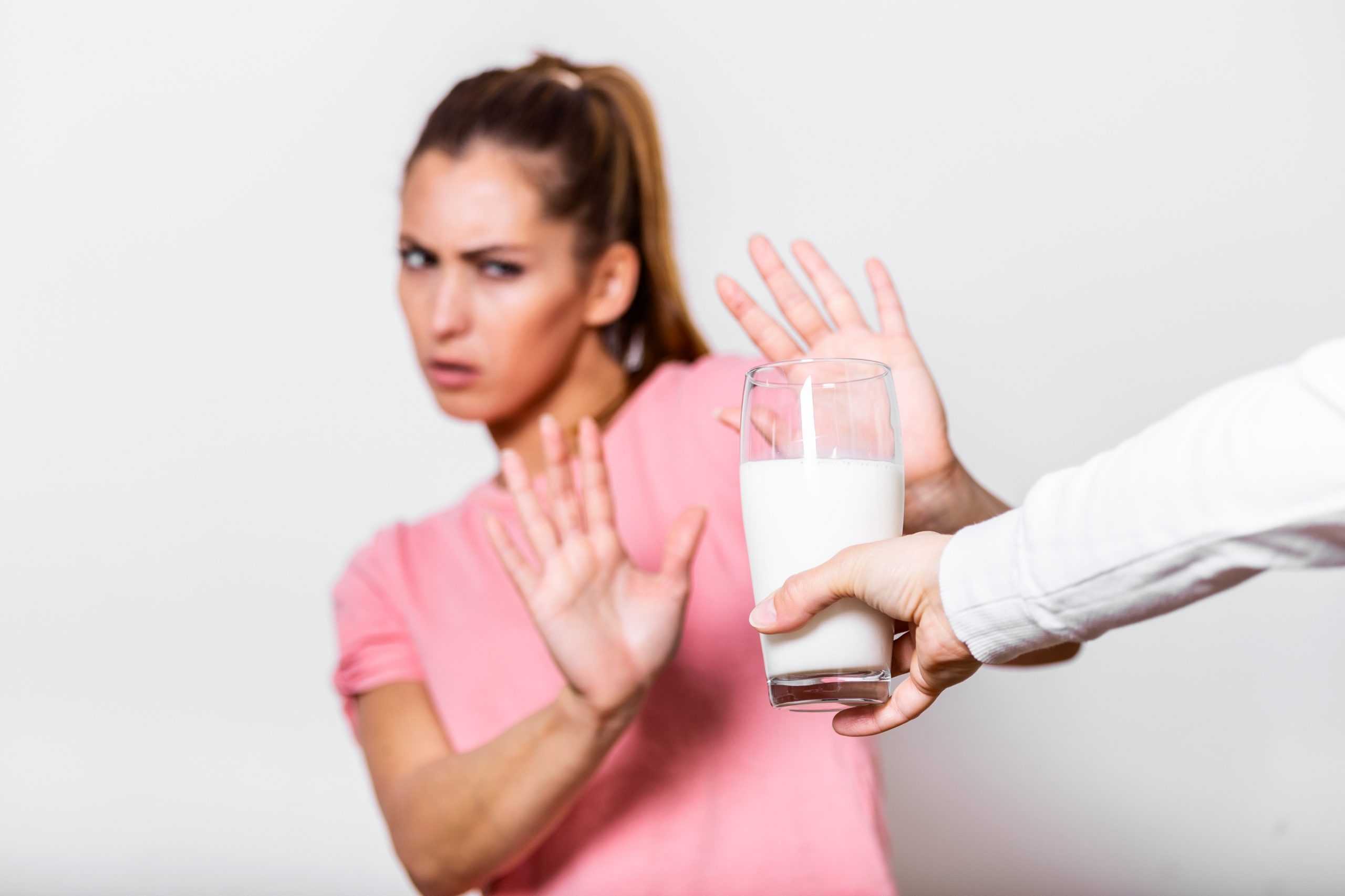
You know you can diagnose lactose intolerance by merely consulting your doctor. But if you want to check whether you are lactose intolerant or not at your home, here is how.
A simple way to find out whether you have some form of lactose intolerance or not is to take lactose powder and see if digestive issues develop. Take 25g of lactose powder and mix it with a glass of water. Drink it first thing in the morning or after your last meal. Observe yourself for the symptoms of lactose intolerance.
If you develop one or more of the symptoms, it indicates that you may have some degree of lactose intolerance. The severity of the symptoms suggests the severity of your lactose intolerance. From there, you can determine the right keto dairy products for you.
Best dairy to avoid the issue of digestive distress
If you have any form of lactose intolerance, you DO NOT have to cut it out entirely. Just by swapping items in your shopping cart, you can enjoy everything without distressing your gut.
Consider substitute products: Due to the high population of intolerants (thanks to evolution), almost all grocery stores include lactose-free milk along with lactose-free cheese, lactose-free yogurt, and other type of products. You can prepare any delicious recipes with these lactose-free options.
Choose your cheese with care: Just because you are lactose intolerant does not mean you have to give up on delicious cheese. Pick cheese is lower in lactose, such as- hard, aged cheeses like Swiss, parmesan, and cheddars. Other cheese options for lactose intolerant include cottage cheese or feta cheese made from goat or sheep’s milk. Soft or creamy cheese like ricotta and cream cheese are higher in lactose. If you want to cut different types of products out completely, you can always try dairy-free cheeses.
Many people who show dairy intolerance symptoms are not intolerant to the lactose itself but a particular casein type.
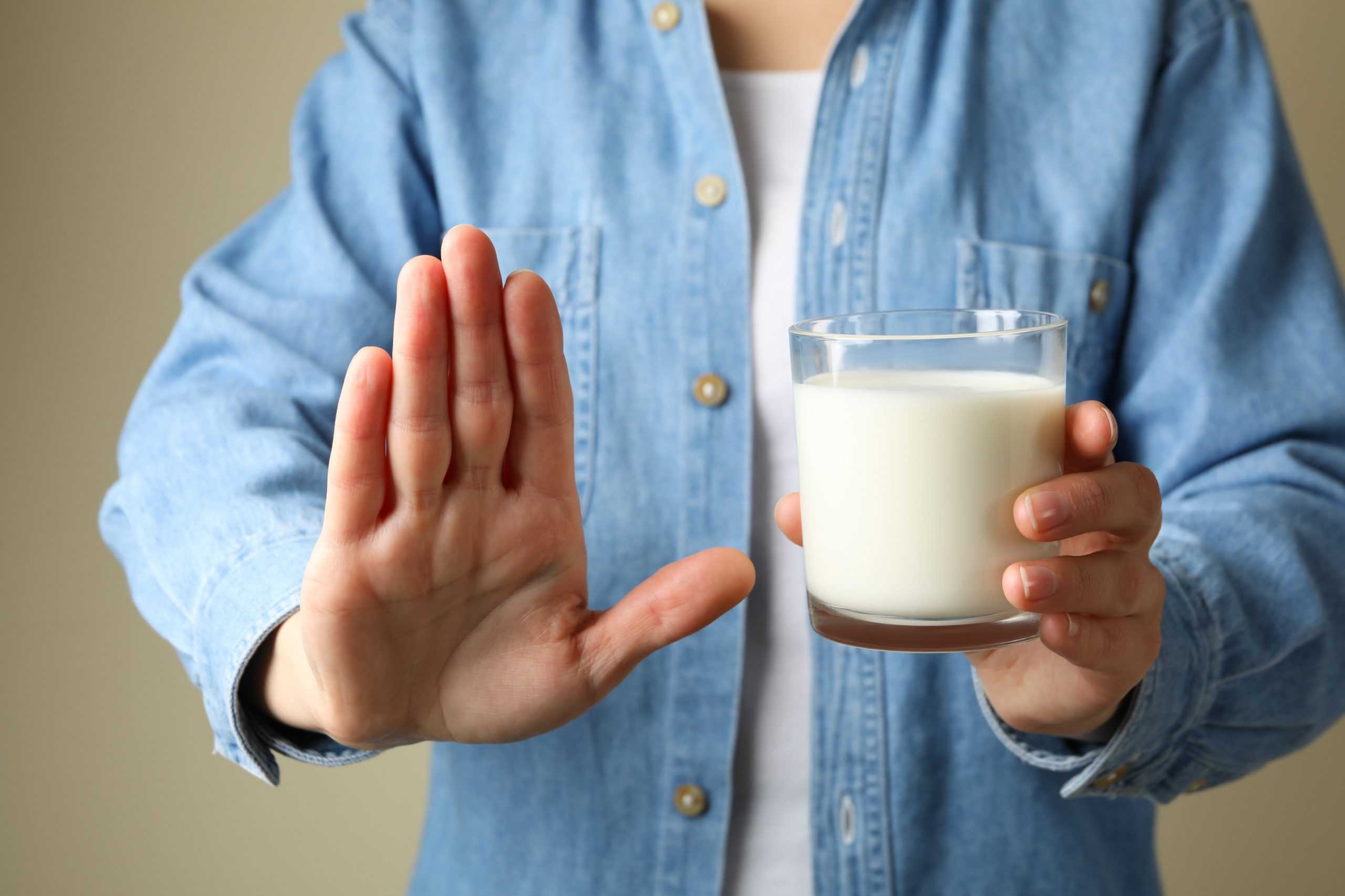
There are two types of casein: A1 and A2. A1 is more common in dairy proteins, but it causes inflammation. Taking A1 type of casein has also been linked to type 1 diabetes, especially in children. Switching to different forms of products that include A2-type casein can be the right solution for you if you have an intolerance to A1-type casein.
Some available sources of A2 type casein are goat milk and sheep milk cheese. Avoiding cow milk cheese is a good idea if you’re trying to avoid consuming A1-type casein.
A Guide to Dairy-Free Keto Diet
If you are lactose-intolerant or you want to follow a dairy-free diet, it doesn’t mean you have to fall out of the keto wagon. Keto recipes include a lot of fat from dairy products. But you can get your fat and protein from foods like quality animal proteins, bacon, eggs, and coconut. Some dairy-free keto-friendly foods can be added to your daily meal plans and ultimate goals.
Maintaining the macronutrient goals to get your body to the ketosis state and remain possible using dairy-free options.
For detailed information on this topic you can visit Dairy Free Keto
Keto Substitutes
If your popular recipes include keto dairy products, you can swap them for substitutes. Here are the common keto-recipe ingredients and their alternates to turn any keto recipes into safe and delicious recipes.
- Whole milk or raw milk substitutions: Coconut milk, Rice milk
- Heavy cream substitutions: Coconut cream, Silken tofu, Soy milk & Olive oil
- Half & half substitutions: Coconut cream & soy milk, Silken tofu & soy milk
- Sour Cream Substitutions: Coconut yogurt, Silken tofu, Cashew sour cream
- Butter Substitutions for frying: Coconut oil, Olive oil, Ghee
- Butter substitutions for spreading: Coconut butter, nut butter, seed butter
- Butter substitutions for baking: Coconut butter, vegan butter, Ghee
- Dairy-based cheese substitutes: Cashew cheese, Vegan cheese, Vegan soft cheese
- Cream cheese substitutes: Cashew Cheese, Vegan soft cheese
- Greek yogurt substitutes: Coconut yogurt, Cashew yogurt
- Whey powder substitutes: Beef protein powder, Egg white protein powder
- Casein powder substitutes: Pea protein powder
- Milk fat substitutes: Coconut milk fat, Almond milk fat, Cashew milk fat
Learn more about Dairy-Free Ketogenic Diet and unravel the world of keto-friendly foods!
The keto diet has numerous benefits. If you’re planning to go dairy-free or if you are lactose intolerant, it should not stand in your way of the keto diet.
Try the lactose-free and dairy-free alternatives and enjoy hundreds of keto-friendly breakfast, lunch, and dinner recipes on everyday meals. And while you’re at it — don’t forget to have fun!
Did you find this article helpful for your keto journey? Comment below and let us know. For More information on the keto diet, I have written an article to simplify the keto diet.
